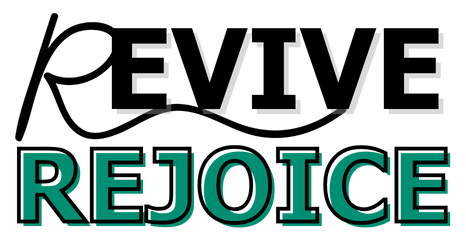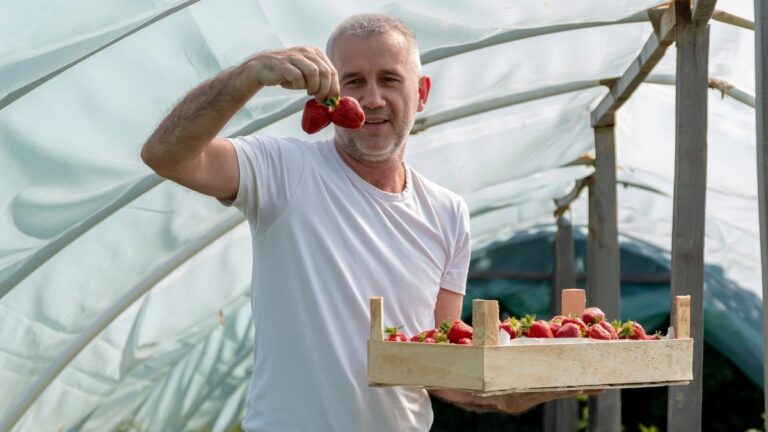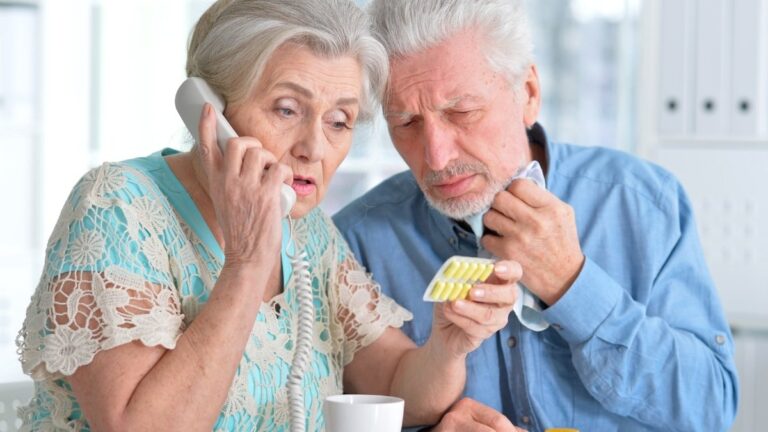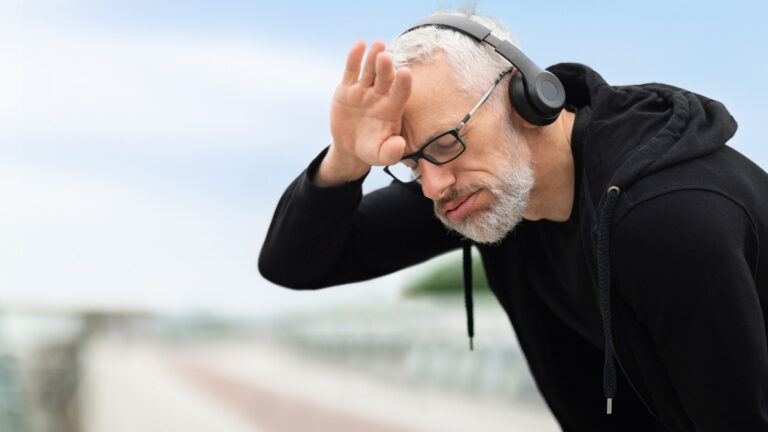How Active Aging Communities Are Defeating Senior Isolation Through Group Nutrition and Fitness Classes
The U.S. Surgeon General recently shared a startling fact: the mortality impact of being socially disconnected is similar to smoking up to 15 cigarettes a day.
This is a critical health concern, especially as an AARP survey shows that 1 in 3 adults aged 50-80 currently feel lonely.
This isolation is linked to severe risks like cardiovascular disease, dementia, and depression. However, loneliness is not an inevitable part of aging.
Seniors are successfully defeating it by deliberately transforming essential daily activities like food and fitness into powerful and reliable opportunities for social connection and community engagement.
PUBLIC HEALTH CRISIS
WARNING: Loneliness Ahead
MORTALITY RISK IMPACT
Social disconnection is equal to smoking 15 cigarettes a day.
The New Social Network: How Group Fitness Builds Community
For many seniors, an exercise class is about much more than just staying strong. It often serves as a built-in social network. The physical movement is good for the body, but the real draw is the consistent routine and reliable faces.
These classes provide a sense of belonging and shared purpose that can be hard to find elsewhere.
You might join for the health benefits, but you will likely stay for the people.
Take Junko Steenson, for example. She is a participant in the SilverSneakers program. She found that the workout was only half the value. “I’ve gotten to know people, so I look forward to going and it’s a social thing too,” she says.
Her strategy is simple but effective. She intentionally gets to her location early. This isn’t to warm up her muscles, but to have coffee and socialize before the exercises even begin. She uses the activity as a tool for connection.
Corina Bryant, another participant, backs this up. She notes the power of camaraderie in these groups.
“When you exercise with them, it doesn’t feel like exercise — it’s fun,” she says. When you are laughing with friends, the work feels easier.
The Dual-Action Effect
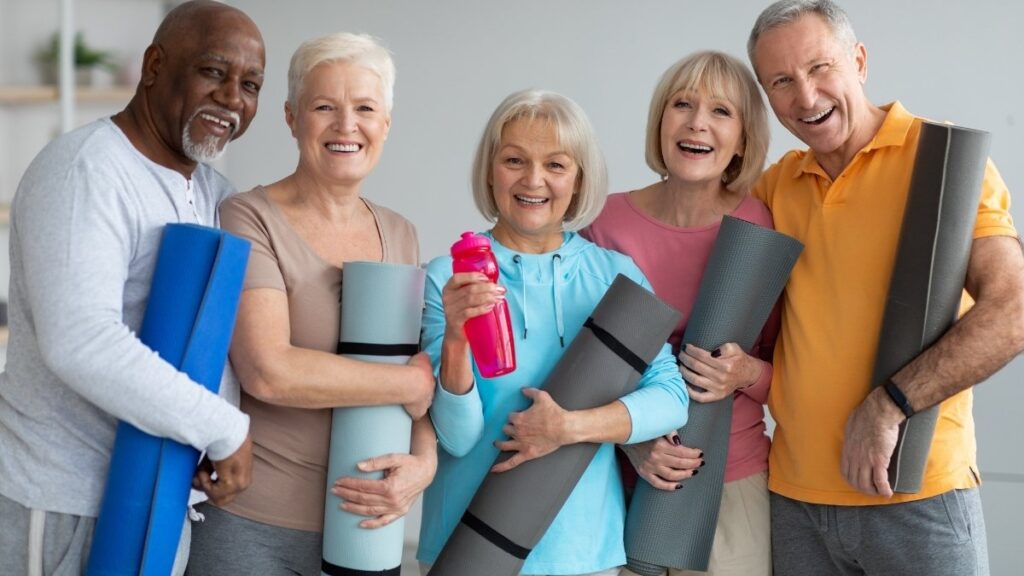
Group fitness for seniors works on two levels at once. It tackles both mental hurdles and physical limitations that often lead to loneliness.
First, there is the mental boost. Exercise releases chemicals in your brain called endorphins and serotonin. These directly improve your mood. They can lessen the symptoms of depression that often come when you feel isolated.
Second, there is a powerful physical cycle at play. It works like a positive feedback loop:
- You join a group like SilverSneakers and find social connection.
- This connection makes you want to go back every week.
- Consistent attendance improves your strength, balance, and endurance.
- Better physical fitness helps you maintain your mobility and independence.
- Being mobile makes it easier to leave your home and engage in other community activities.
This cycle breaks the trap of isolation. It creates more chances for you to meet people outside the gym.
A Program That Works
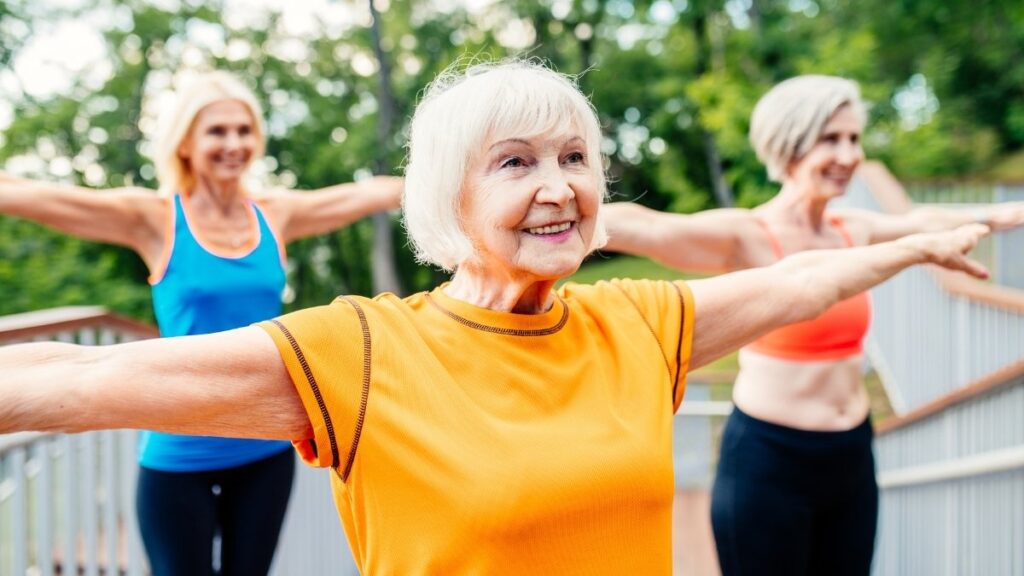
SilverSneakers is one specific program making this happen. It is often available at no extra cost if you have a Medicare Advantage plan.
The program is explicitly designed to create a social environment. It aims to reduce social isolation just as much as it aims to lower blood pressure.
They offer diverse classes to match your needs, such as standard yoga, “Splash” water aerobics, or “Sit & Fit” for those who need chair support. It is a practical way to find that vital sense of belonging.
The Communal Table: How Food Fosters Connection
Eating alone can sometimes feel isolating. It can also have negative effects on your health if it leads to skipping meals or choosing easy, unhealthy options.
This is why “social eating” is becoming a key tool for wellness. Sharing a meal is a powerful way to foster community and happiness. It provides emotional support naturally.
There are different ways to find this connection, depending on how active you are right now.
For Homebound Seniors: More Than a Meal
If leaving the house is difficult, you might already know about Meals on Wheels. However, you should view it as more than just a food delivery service. It is a genuine social connection program.
They offer specific options designed to combat loneliness. “Friendly Calling” provides regular phone companionship. “Friendly Visiting” offers in-person check-ins. These aren’t just quick drop-offs; they are real human touchpoints.
The evidence that this works is strong. A pilot study from 2024-2025 showed significant results for these programs.
Clients who participated reported a real reduction in feeling disconnected. They also reported greater contentment with their friendships and relationships.
For Community-Based Seniors: The Social Gateway
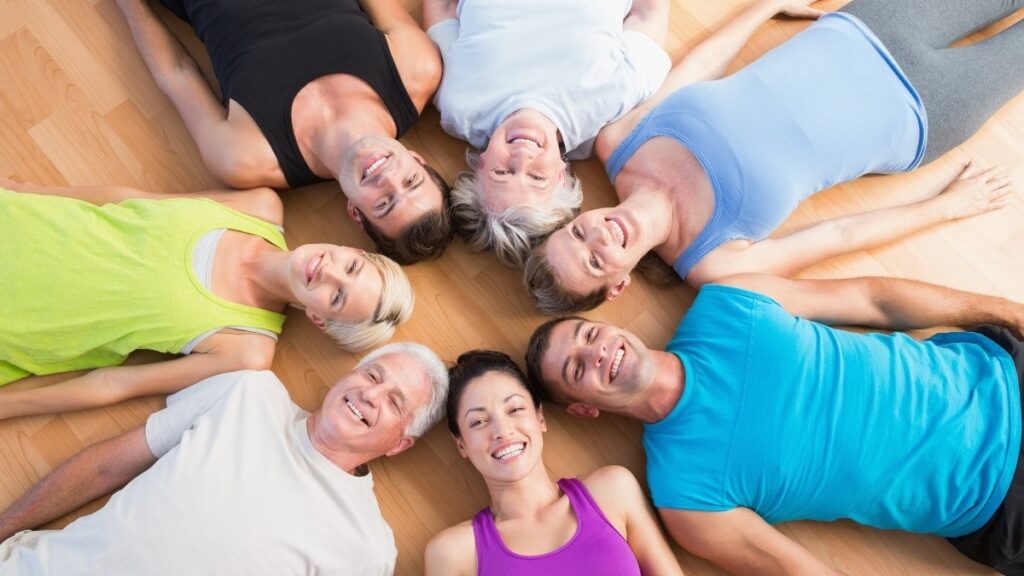
If you can get out and about, look into “Congregate Meal Programs.” These are nutritious group meals served in central spots. You will often find them at senior centers, community centers, or local churches.
The benefit here goes beyond just the food on the plate. These meals serve as a gateway. Once you are there, you gain access to other essential services like health screenings or wellness activities.
Most importantly, you get a consistent, low-pressure opportunity to make friends and stay connected with your neighbors.
For Active Seniors: Finding Shared Purpose
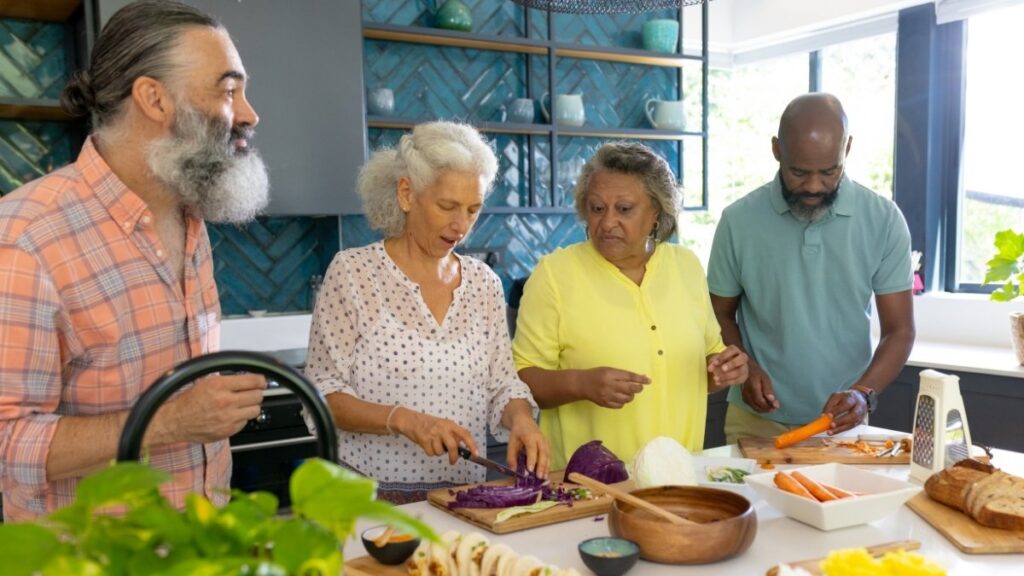
If you are looking for a hobby that also builds community, consider food-based activities.
Community gardening is a great option. The American Community Gardening Association (ACGA) notes that this is a highly collaborative activity. You don’t just grow tomatoes; you exchange ideas, cultures, and food with fellow gardeners.
Cooking classes are another powerful tool. They can help you rebuild a social identity, especially after a major life change. For example, many men take up cooking after the loss of a spouse.
This is a brave and conscious strategy. It allows them to create opportunities for hosting their own dinners. It helps actively counter the loneliness that often comes with widowhood by giving them a new way to bring people together.
Your 2025 Action Plan: Where to Find Your Community
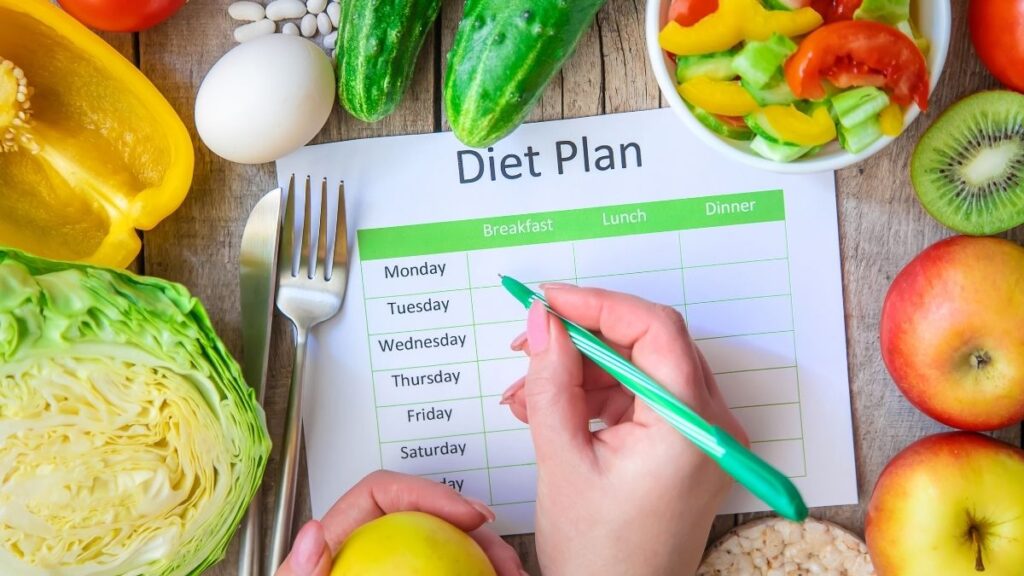
Finding these resources does not have to be complicated. Here is a practical list to help you find social programs and fitness classes near you.
The First Call
Start with the Eldercare Locator at 1-800-677-1116. This is a national service run by the Administration on Aging.
They will connect you to your local Area Agency on Aging. Think of this agency as your “master key.”
They know exactly where the local congregate meal sites are. They can also help you find transportation services and other social activities in your specific neighborhood.
Fitness Resources
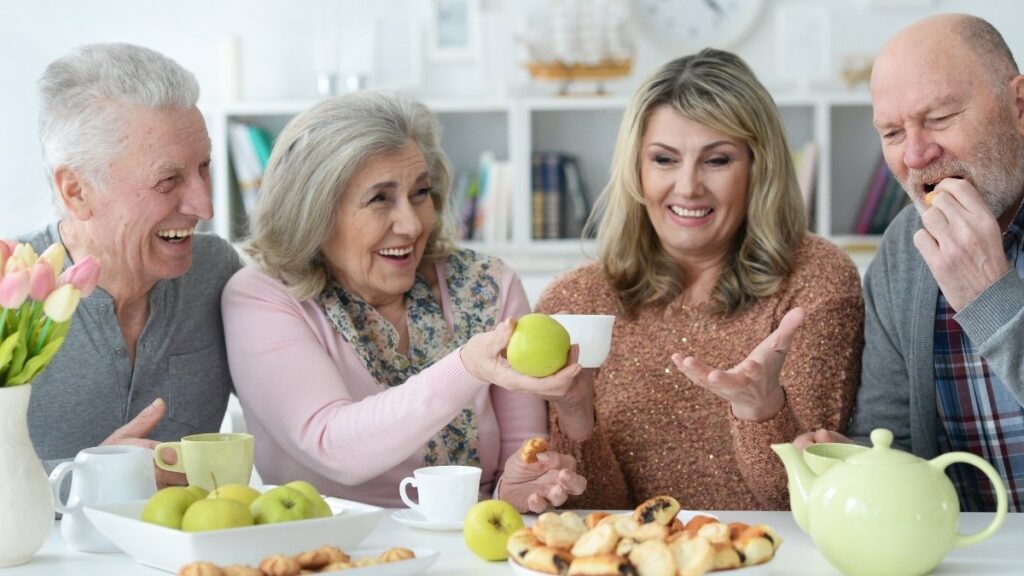
Silver Sneakers: Go to their official website. You can check if you are eligible through your Medicare Advantage plan right there.
Local Options: Call your nearest YMCA or community recreation center. They are common hosts for senior specific fitness classes.
Food Resources
Meals on Wheels America: Visit their national website (mealsonwheelsamerica.org) to find providers in your zip code. You can also ask them about their “Friendly Calling” options.
Community Gardens: The American Community Gardening Association (ACGA) website can help you find a shared garden space near you.
Conclusion
Loneliness is a serious public health issue. It has real consequences for your mental and physical health. But it is not an inevitable part of aging. You have the power to change it.
Seniors across the country are defeating loneliness by making deliberate choices. The solution lies in re-socializing your daily routines. You can turn a quiet meal into a shared experience. You can turn simple exercise into a community event.
The first step is a simple one. Use the Action Plan above to call the Eldercare Locator or explore a local program, and discover the community that is waiting to connect.
The Positive Fitness Loop

